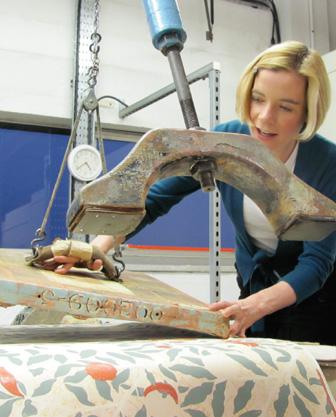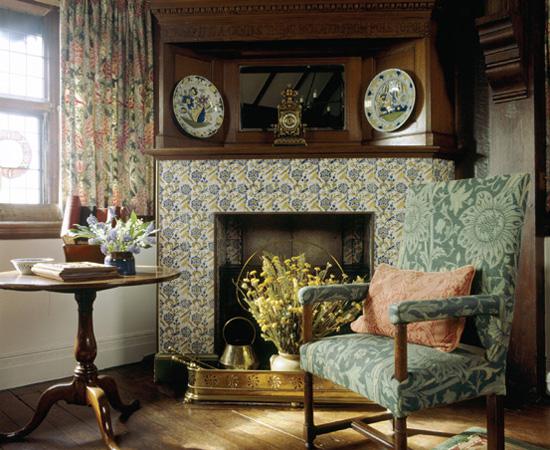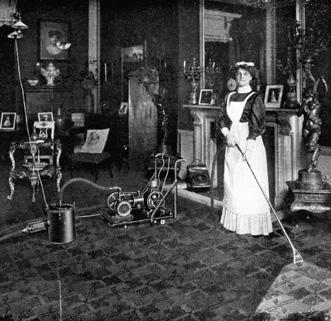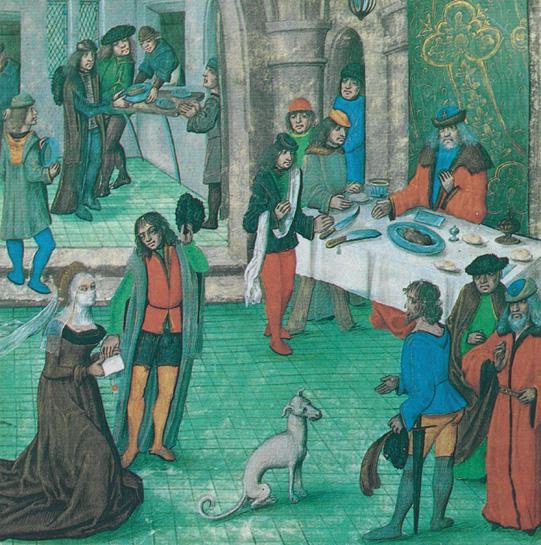If Walls Could Talk: An Intimate History of the Home (48 page)
Read If Walls Could Talk: An Intimate History of the Home Online
Authors: Lucy Worsley
Tags: #History, #Europe

24. The classic country cottage. This house at the Weald and Downland Museum dates from the early seventeenth century. Its brick-built chimney, a novelty, separates the two main rooms downstairs, and upstairs one bedroom leads into another.

25. A marvellous gilded 1760s sofa at Kedleston Hall (top left). Decorated with golden mermaids and sea-gods, the sofa was novel for its informality. It allowed two people to sit and chat as equals.

26. One of the William Morris Company’s original wallpaper blocks. Morris’s designs involved passing the paper through the printing process up to twenty-two times.

27. Wightwick Manor, in the West Midlands, furnished with the medieval-inspired products of the William Morris Company.

28. The middle-class drawing room of Jane and Thomas Carlyle in Chelsea (1857). It was the nerve centre from which Jane struggled to run her household. She ran through thirty-two servants in thirty-four years.

29. A crowded Victorian sitting room. Creators and creations of an industrial age, Victorian householders prided themselves on their cosy, cluttered – and, to modern eyes, claustrophobic – drawing rooms.

30. Now the radio (top left) or television opened the door to a world outside the home. The fire had finally lost its prime place as the focus of the living room.

31. Cleaning the living room was an endless task when open fires and gas lighting constantly produced soot and dirt. But the relative cheapness of Victorian labour meant that machines replaced humans unexpectedly slowly.

32. ‘Tea’, the
drink
, was a novelty of the late seventeenth century, and was thought rather racy and dangerous. ‘Tea’, the
meal
, was invented in the nineteenth century to fill the gap between lunch and an ever-later dinner hour.

33. A medieval dining hall. The master eats alone because no one else present was grand enough to sit and share his table. His servants, probably young men from good families, bring dishes to the table from a serving hatch.

34. The cooks in a royal kitchen were nearly all male. Like a posh restaurant today, the kitchen at Hampton Court was like a high-pressure food factory turning out meals to tip-top standards.

35. A Georgian table (top left) with a sugar sculpture. It represents the tail end of the history of ‘subtleties’: decorative models of flowers, fantasies or even buildings made in sugar, which feasted the eye as well as the belly.

